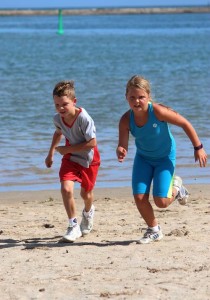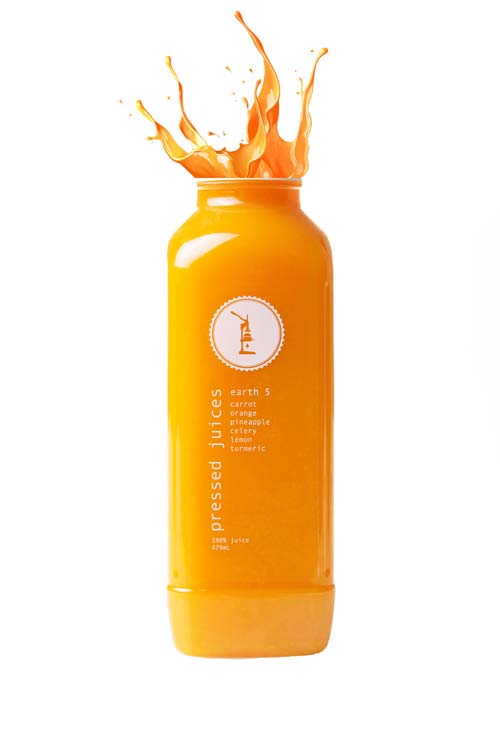I recently came across protein supplements being recommended to kids as young as 12 months. This had me concerned as there can be many side effects from taking protein supplements for adults. But how could this affect a small child who likely doesn’t need to be taking such a thing?
What are Proteins?
Both plant and animal foods contain protein. This protein has all of the necessary amino acids our bodies need. Amino acids are the building blocks which make up protein. Some amino acids are made by the body and others we must get from food. The latter are called essential amino acids, because the body cannot make them, however they are found in the foods we eat. But what is an amino acid?
Think of Lego. Each piece of Lego is an amino acid. Clip them together in a specific order and you have a protein. Your body needs every different type of Lego piece. However, not all of the Lego pieces (amino acids) are in all foods. So by eating a variety of foods you should get all of the Lego pieces you need.
The most common source of protein is from meat, fish, poultry, cereals, and dairy foods. Vegetables do provide small amounts; around 8% in total. Supplements can provide quite high amounts of protein, sometimes close to your entire daily requirements, depending on your size.
What are Protein Supplements?
Protein supplements are commonly available in a powder form which can be added to drinks and consumed. However, they are now also available in other forms such as protein bars, ready to drink shakes, and gels.
Protein supplements can contain ingredients such as casein, whey, soy, cow or goat milk, egg, beef, pea, wheat, rice, or hemp. They can come in a few different forms:
- Isolates: pure protein source, other non-protein components are removed.
- Concentrates: less processed than isolates, closer to a whole food.
- Hydrolysates: partially broken-down protein source which allows it to be absorbed faster.
- Blends: a combination of protein sources.
Protein supplements are usually aimed at adults, however recently there have been some brands marketed for children. Children have different protein requirements and reach their daily intake in much smaller amounts than adults. However, even in adults, too much protein can cause side effects. Although it is very unlikely that food sources of protein will cause problems, it is usually supplementation that’s the issue.
Protein Supplement Side Effects in Adults
Protein supplements are likely safe for adults when taken as directed by the manufacturer. However, they may cause some side effects if taken in excess. These can include:
- Effects on cholesterol levels
- Headaches
- Liver damage
- Kidney problems
- Gastrointestinal problems
- Nausea
- Dehydration
- Heart problems
- Increase diabetes risk
- Calcium loss
Those with diabetes should be cautious when taking protein supplements as they can lower blood sugar levels. You may need to have your blood sugar monitored by a professional if you choose to take protein supplements.
Other side effects can include allergic reactions. Alway check the ingredients if you have a known allergy. Many protein supplements are derived from milk products. So if you have problems with dairy, check the ingredients.
Some of these side effects can be quite serious, so it’s always best to follow the manufacturer’s instructions. However it does make you think about how these supplements could affect kids. They are smaller and still growing. They also require less protein than adults, so introducing a supplement could potentially put them way over their needs. So let’s have a look at how this affects the little ones.
Protein Supplement Dangers for Children
Protein supplements pose a higher risk to children. Most kids easily achieve their daily protein intake if they eat a variety of healthy foods. In many cases they exceed their intake.
Recommended daily intake of protein for children:
| Age |
Boys |
Girls |
| 1-3 years |
14g per day |
14g per day |
| 4-8 years |
20g per day |
20g per day |
| 9-13 years |
40g per day |
35g per day |
| 14-18 years |
65g per day |
45g per day |
Source: Nation Health and Research Council Australia
As you can see from this table, protein intake for kids ranges from 14 grams to 65 grams per day depending on age and gender. One piece of steak and a wedge of cheese will provide around 40 – 50 grams of protein. So achieving your protein intake isn’t difficult for adults or children. If a child eats a decent diet and reaches their daily protein requirements, or exceeds this, and then also take a protein supplement they can easily go quite far over their recommended amount.
When kids take in more protein than they need from supplements it’s going to be either stored as fat or it will put unnecessary pressure on the kidneys. Excess protein from supplements also makes the liver work harder, which can create problems in the long term.
But how easy is it to get enough protein from food? It’s pretty easy really, if you eat a wide variety of foods. But for those of you with kids you know they can be fussy. However, there are many different foods that are actually pretty good protein sources.
Protein Food Sources
As with most things, getting your daily intake of protein from natural sources is best. Protein supplements have their place, such as for athletes and for medical reasons. It is best to take these supplements under advice of a professional, especially when it involves a child. So how can you make sure your little one is getting enough protein each day?
Well here are some good food sources of protein to show you how easy it is:
- A piece of steak (approx 150grams) will provide 40-50g of protein
- Chicken drumsticks will provide 11g of protein
- Chicken wings will provide 6g of protein
- 100g of fish will provide about 22g of protein
- 1 large egg will provide 6g of protein
- 1 cup of milk will provide 8g of protein
- Most cooked beans will provide 7-10g of protein per half cup
- 2 tablespoons of peanut butter will provide 8g of protein
- A quarter cup of nuts provide around 5-9g of protein
- 100g of oats provides 17g of protein
- Half a cup of cooked lentils will provide 8g of protein
Vegetables also contain various amounts of protein. While less than animal sources, they still add up throughout the day. By eating a variety of foods it is easy to achieve your daily protein requirements, especially if you eat meat. By adding protein supplements to a child’s diet, this can often cause them to exceed their needs, which if ongoing may cause health issues.
To Supplement or Not to Supplement?
In my opinion, protein supplements for healthy children are not necessary. If their diet is adequate, then extra protein runs the risk of many side effects, some which are quite serious. If you’re worried that your child isn’t getting enough protein, you should speak to your doctor and see if supplementing under their guidance will help. However, there are ways you can sneak extra food sources of protein into a child’s diet, such as adding some ground nuts to a smoothie or melting cheese over those horrible green vegetables; and that kills two birds with one stone, maybe they’ll eat their greens! Or you could bake some protein muffins with added almond meal or oats.
So if your child eats a good diet they are probably meeting their protein requirements. And if they eat meat, it is very unlikely that they will need a supplement. However, there are still many people who believe adding a little protein powder to their kid’s smoothie won’t do any harm, and may even benefit them, what do you think? Would you prefer your child got all of their protein from foods, or do you believe supplements can benefit their health? And what about child athletes?
References
Etcheverry, P. “Protein supplements: The good, the bad, and the ugly.” Retrieved on April 2016 from: http://healthandwellness.kaplan.edu/articles/nutrition/Protein%20Supplements.html
Mayo Clinic. “Drugs and supplements: Whey protein.” Retrieved on April 2016 from: http://www.mayoclinic.org/drugs-supplements/whey-protein/safety/hrb-20060532
National Health and Medical Research Council. “Protein.” Retrieved on April 2016 from: https://www.nrv.gov.au/nutrients/protein
Nationwide Children’s Hospital. “Supplements: To use, or not to use?” Retrieved on April 2016 from: http://www.nationwidechildrens.org/supplements-to-use-or-not-to-use
The University of North Dakota. “Protein.” Retrieved on April 2016 from: https://und.edu/student-life/dining/_files/docs/fact-sheets/protein.pdf
The post Protein Supplements: Harmful for Children? appeared first on Crowd Ink.













